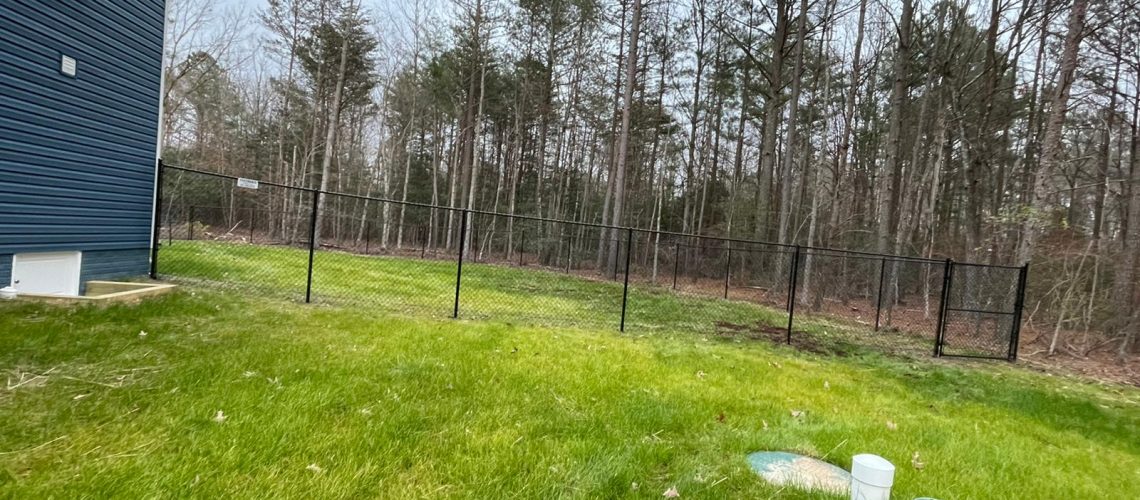Every weekend in Southern Maryland of the last few months you have spent mowing, weeding, edging, and trimming your lawn so that it will look its best. In order to ensure your lawn makes a complete recovery after winter hibernation, you may want to spend the fall taking steps to help your lawn survive the winter months ahead.
Winterizing a lawn varies depending on how harsh the typical winter is. There are certain key tasks to complete before you can rest for the winter season in the tri county area: Charles County, Calvert County and St. Mary’s County.
* Remove fallen leaves and debris. Leaf cleanup is among the tasks homeowners dread the most. Raking leaves can be arduous, but it is well worth the effort. Fallen leaves can smother the grass and lead to dead spots and decay next season. Wait until the majority of the leaves have fallen from the trees before you begin to rake; otherwise, you could find yourself repeating the process throughout the fall. Mulched leaves can be added in small amounts to garden beds to provide rich organic material for next year’s crop of flowers.
Be sure to pick up any twigs and other debris as well. Additional debris can become up trapped under snow and hinder grass growth when spring arrives.
* Cut your lawn short. Unless the season is unseasonably wet and warm, your lawn shouldn’t grow too much in October and November. Continue to cut your lawn until there is no visible growth for about two weeks. It pays to give it a short cut before frost arrives so that long piles of dead grass will not smother any new growth in the spring. Also, long grass tends to bend down upon itself, trapping moisture that can lead to fungal diseases like snow mold.
* Aerate the lawn. Soil can be compacted over time, especially in yards that see heavy foot traffic. You can rent an aerator from a lawn supply store so that water and fertilizer can reach the soil.
* Fertilize. Now is the time to give the lawn fresh food to overwinter and also replenish the strength of the root system. All summer long the lawn has been depleting the soil of nutrition, but autumn presents a great opportunity to strengthen those roots. Consider a slow-release formula designed for winterizing that will feed the lawn all winter long.
* Edge the garden beds. Take advantage of the cooler weather and slow-growing grass to re-edge around flower beds. Even though the grass above the surface of the soil will stop growing, the roots will remain viable and the lawn will still be sending out rhizomes and tillers to produce new grass blades in the spring. These can easily encroach on garden beds. Edge now so you will have less work to do in the spring.
* Trim hedges and trees. If there are any overhanging tree branches or shrubbery blocking sunlight from reaching the lawn, cut back these areas once the foliage has thinned. Take advantage of your town’s leaf and twig pickup services.
* Seed bare patches. Scour the lawn for bare patches and put down some seed in these areas. The cooler weather will enable the seeds to germinate without having to compete with weed growth.
Once you have prepared your lawn for the winter you will want to protect your property by adding a fence. Thomas Fence can help you choose the fence that both fits your budget and your lifestyle. FH129467

